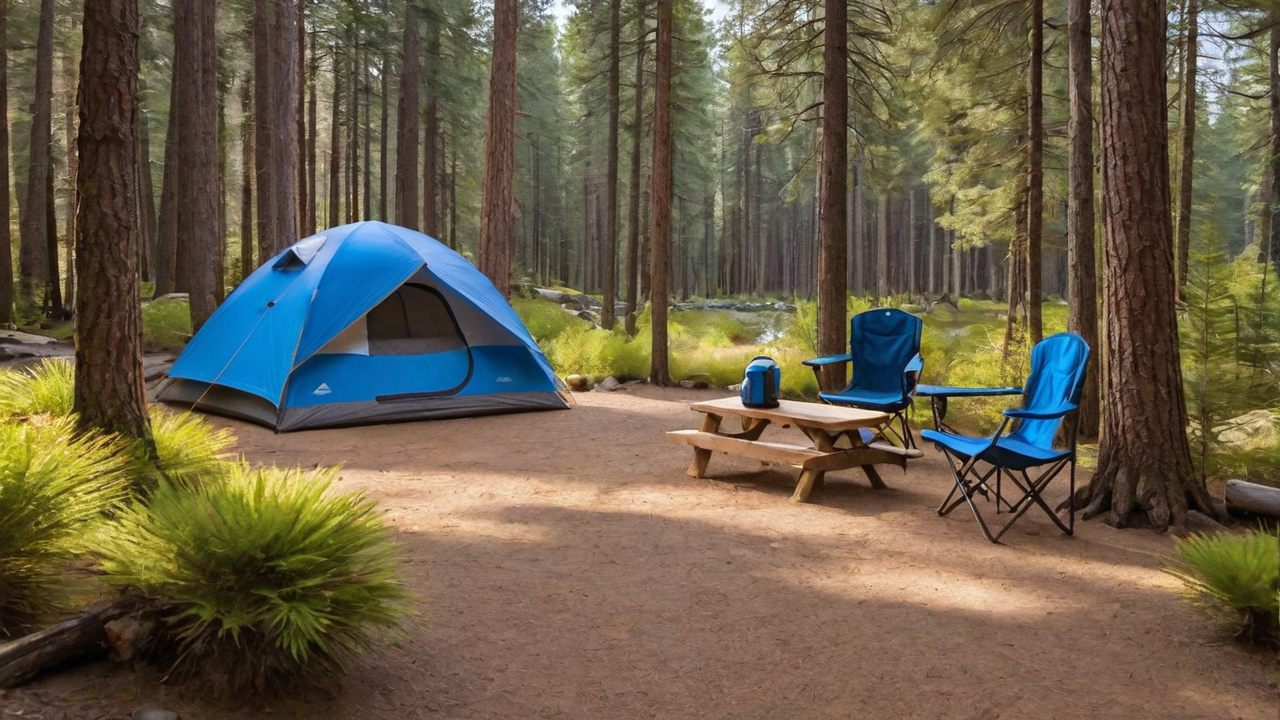
Understanding The Users
Knowing which your intended audience are essential in crafting an efficient user experience. It's crucial to consider your requirements, likes, and tech competence. This understanding directs the design choice, ensuring that your software becomes user-friendly and easy to use.
Understanding the audience likewise means recognizing their challenges and the way they plan to utilize the camping software. This allows designers to customize functions and functionalities that address specific requirements, thus making your software not only helpful but also indispensable.
Streamlining the Navigation
Streamlining the navigation can be one major aspect of interface design. An intuitive navigation structure makes sure users can readily find what they're looking for, cutting down frustration and improving satisfaction levels. It's about the experience inside the app as seamless as possible.
Moreover, a well-designed navigation guides users throughout the application, highlighting features and capabilities that they otherwise would miss. This an method not only enhances user experience but also promotes deeper engagement with your campground software full range of features.
Incorporating High Quality Graphics
Visuals have an important part in creating an attractive user interface. Visuals assist in breaking monotony and can also illustrate features in a more clearly than description alone. Choosing the correct graphics, icons, and colors can greatly enhance the appearance of the software, thereby making it more pleasing to your users.
Furthermore, a consistent visual style is for creating a strong brand identity and trust among your users. Every element must be in alignment with the brand's principles and the message of your application, creating a seamless user experience that is both polished and welcoming.
Enhancing the Responsiveness
In today’s digital world, people demand campground software to be fully responsive on every devices, from desktops to mobile phones. An adaptive design guarantees that no matter of the screen size, the software provides an uncompromised experience. This not only increases usability but likewise caters directly to the audience's on-the-go lifestyle.
Additionally, enhancing the responsiveness could result in better performance, decreasing the loading time and avoiding frustration. Users appreciate a quick and smooth experience when accessing campground applications, and this makes speed an aspect in satisfaction levels.
Enhancing the Search Functionality
Finding information swiftly is crucial in any kind of application, especially in campground management. Optimizing the search feature permits visitors to easily find what they're searching for, which in turn boosts their experience and efficiency. By intelligent search features, you can decrease the frustration and increase overall satisfaction.
Additionally, sophisticated search features such as filtering options and tagging can help in narrowing down results, making the process more efficient. Implementing these features shows a understanding of your user’s needs and an effort to making their experience with the campground software as smooth and effective as possible.
Focusing on User Security
Protecting user information is a top priority when it comes to designing campground software. Users want to be secure when providing their private data. Guaranteeing tight security measures not only protects the data but also builds trust between the user and the brand.
Beyond basic security features like passwords and encryption, consider implementing additional options such as two-factor authentication or biometric security logins. Such measures provide additional layers of protection, further ensuring that customer information is held secure from unwanted access.
Utilizing User Feedback
Gathering feedback is essential for the continual development of any campground program. It enables the developers to see what is working, what doesn’t work, and how their application can be enhanced to better meet the user’s expectations. Actively seeking this feedback establishes an open dialogue between the users and the team, making them feel they are a part of your software’s evolution.
Taking this feedback wisely can lead in tangible improvements in user interface design and overall UX. Making changes based on user input demonstrates that your company cares about its users and is committed to providing a high-quality experience.
Keeping the Simplicity
Among design, simplicity is key. A overly complex UI can confuse the users, leading in a poor user experience. Keeping things simple, on the other hand, helps your software easier to understand and navigate. This encourages greater engagement and satisfaction levels.
Moreover, keeping simplicity should extend to your software’s content and functionality. Avoid unnecessary features that do not contribute real value can ensure campground management software free that your interface remains uncluttered and focuses on meeting the essential needs of the end-users. By doing so, you create a more effective UX that resonates with your target audience.